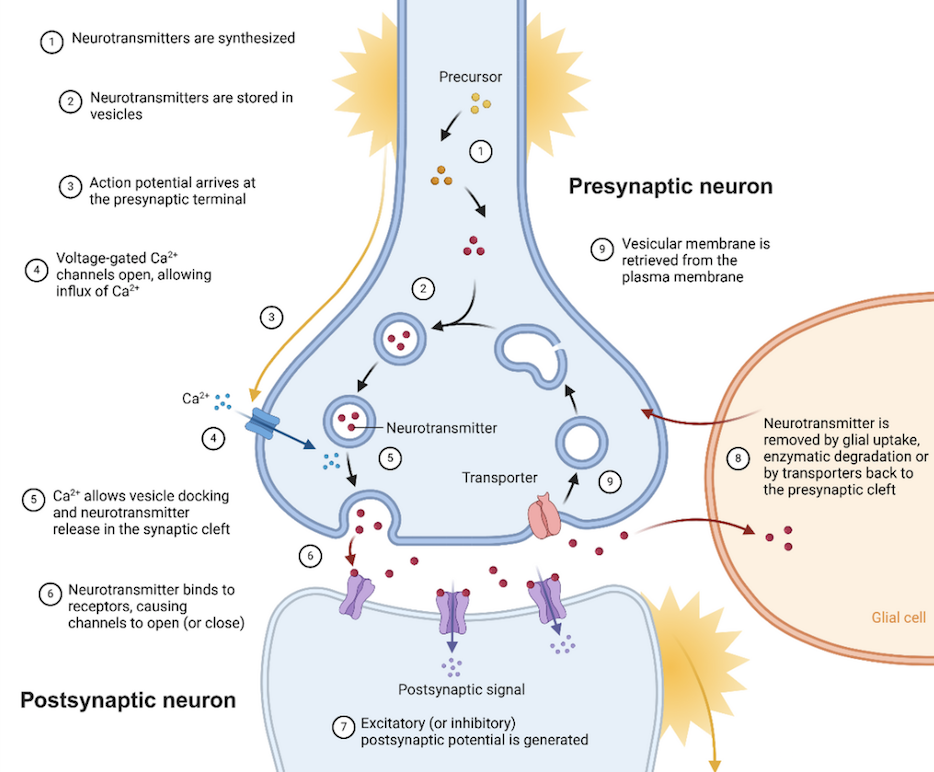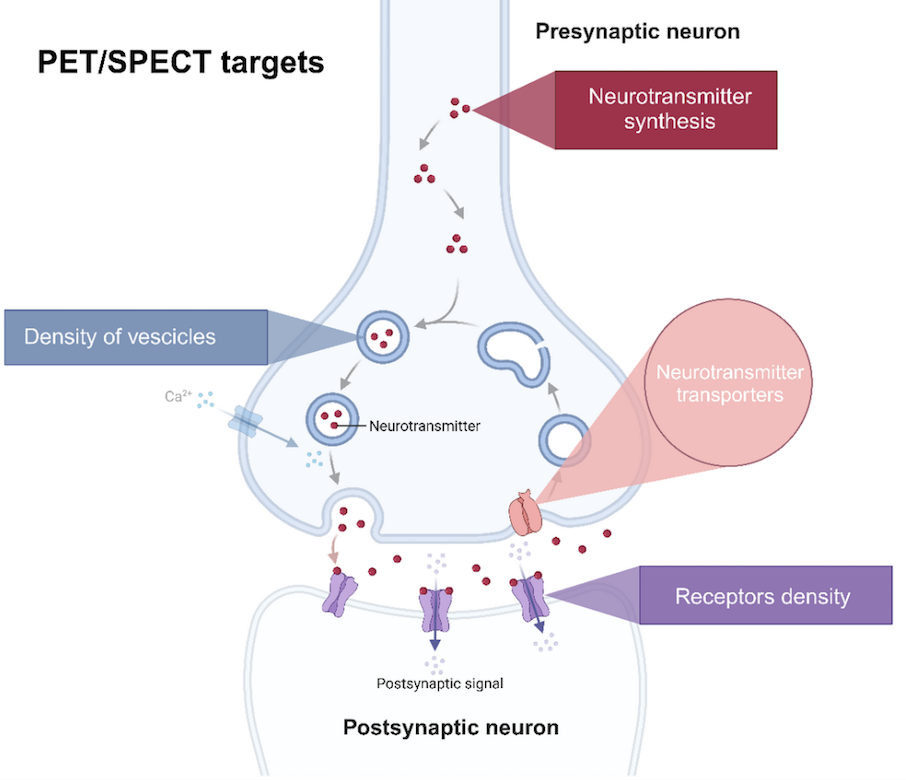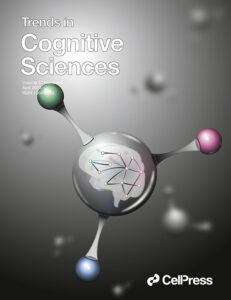
Greetings to all!
We wish to thank all who attended our January MCOS with Mary C. Catanese, PhD! Please join us for the February MCOS with Kristina Herfert, PhD, please find more information in the announcement below! A new open postdoctoral position is also featured below!
We are pleased to announce the next MCOS talk featuring Kristina Herfert, PhD, University Hospital of Tuebingen!
Date: February 21st, 2025
Time: 15:00 CET, 9:00 EST
Title: Mapping brain function and connectivity in rodents using small animal PET/MRI.
Please join us for this 30 minute presentation to be followed by discussion (~25 minutes).
Please register here.
Abstract: Simultaneous small-animal PET/MRI integrates molecular and hemodynamic measures to offer deeper insights into brain function and connectivity. In our recent study, we combined functional PET (fPET) and fMRI to investigate the nigrostriatal pathway in rats under optogenetic stimulation, revealing pronounced inhibition in specific downstream regions rather than widespread activation. This indicates an unexpected inhibitory regulation within this key motor circuit. In another study, we compared molecular and functional connectivity measures following MDMA administration in rats. By pairing PET-based imaging of molecular targets with BOLD fMRI, we uncovered complementary insights into how neurotransmitter systems influence large-scale networks. These results underscore the power of fPET/fMRI to detect subtle changes in neuronal and molecular processes, highlighting the added value of multimodal imaging in shaping our understanding of brain function and informing both basic neuroscience and clinical research.

Prof. Dr. rer. nat. Kristina Herfert is Associate Professor for Functional and Metabolic Brain Imaging at the Werner Siemens Imaging Center, University of Tübingen, Germany. A trained neuroscientist, she specializes in in vivo PET quantification of dopaminergic and serotonergic receptors, PET tracer development for brain protein aggregates, and simultaneous small-animal PET/fMRI to study molecular and functional networks. After completing her doctorate under Prof. B.J. Pichler, she was awarded a Research Fellowship in Prof. Feng Zhang’s lab at the Broad Institute of MIT and Harvard. Professor Herfert’s research uniquely bridges gene editing approaches with neuroimaging to understand the brain’s molecular, cellular, and network-level functions.
Please find further information about Dr. Herfert here!
The MCOS promotes rigor in research and resource sharing. We aim to hold MCOS every third Friday of the month, subject to change due to speaker availability.
Upcoming MCOS Speakers (following a brief hiatus in March):
Please stay tuned for MCOS updates and reminders on social media!
Post-doctoral position: Dr. Joana Pereira at Karolinska Institute, Stockholm, Sweden.
The Pereira lab combines brain imaging with different machine learning algorithms, including deep learning, genetic as well as proteomics data to understand the pathological processes that occur in aging and neurodegenerative diseases.
This project will be carried out under Dr. Pereira’s supervision, and will involve analyzing cross-sectional and longitudinal imaging data, combining clinical measures and cerebrospinal fluid biomarkers, as well as writing manuscripts and presenting results in international conferences. The Postdoctoral fellow will have the opportunity to work in a friendly and dynamic environment, be involved in many projects, collaborate with group members on different studies, learn new skills, interact with researchers with different backgrounds and from other universities, analyze large datasets from well-characterized cohorts, and develop a wide network of international collaborations.
The ideal candidate should have the following qualities:
The Postdoctoral studies will be performed for 1 year, with possible extension for an additional year. There are also possibilities for a longer appointment after this 2-year period.
To apply please go to: https://ki.varbi.com/en/what:job/jobID:793528/ (Deadline: 20.Feb.2025)
Thank you!
We hope you will take a moment to read the MCWG authored preprint!
Molecular connectivity studies in neurotransmission: a scoping review


Purpose: Positron emission tomography (PET) and single photon emission computed tomography (SPECT) are essential molecular imaging tools for the in vivo investigation of neurotransmission. Traditionally, PET and SPECT images are analysed in a univariate manner, testing for changes in radiotracer binding in regions or voxels of interest independently of each other. Over the past decade, there has been an increasing interest in the so-called molecular connectivity approach that captures relationships of molecular imaging measures in different brain regions. Targeting these inter-regional interactions within a neuroreceptor system may allow to better understand complex brain functions. In this article, we provide a comprehensive review of molecular connectivity studies in the field of neurotransmission. We examine the expanding use of molecular connectivity approaches, highlighting their applications, advantages over traditional methods, and contributions to advancing neuroscientific knowledge.
The MCWG Outreach Council invites you to submit announcements or information about papers, conferences, presentations or other events or news related to brain and molecular connectivity as well as any positions available or job opportunities that you wish to publicize and share with the community!
Please submit any material for consideration by the final day of each month using this form – thank you!

The MCWG is made up of four international and multidisciplinary councils dedicated to promoting molecular connectivity research via dissemination of methods, results, collaboration, and resource sharing (e.g. datasets, tools) within the scientific community. We encourage the neuroscientific community to take an integrative perspective in study of the brain connectome, where various methods including MRI-based techniques, electrophysiological tools, and molecular imaging advance our understanding of the brain. Please find fundamental questions outlined here: “Brain connectomics: time for a molecular imaging perspective?”
Our website can be found here. We also invite you to join the MCWG!